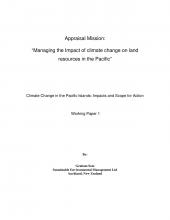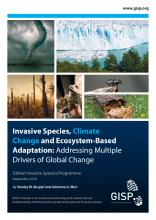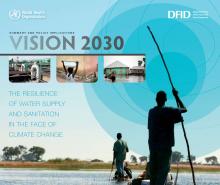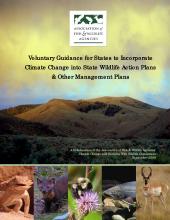Our precious coasts - Marine pollution, climate change and the resilience of coastal ecosystems


Climate Change Resilience, Waste Management and Pollution Control
Available Online
Corcoran, E.
,
Nellemann, C.
2006
Massive coral bleaching episodes have impacted the function of the reefs and increased rates of mortality. Coral reefs support over one million plant and animal species and their economic value is pro¬jected to more than US $ 30 billion annually. Extreme climatic con¬ditions, however, are most likely to increase in the future with cur¬rent climate scenarios. Projected increases in carbon dioxide and temperature exceed the conditions under which coral reefs have flourished over the past 500 000 years. Coral reefs are crucial bio¬diversity hotspots and support both coastal fisheries and tourism in many regions. Coral reefs, however, are in decline in many regions as a result of numerous pressures, including, but not limited to, extreme climate events, unsustainable fishing practices, diseases, sedimentation, and discharge of untreated sewage. Increasing re¬silience and securing rapid recovery of coral reefs will be essen¬tial for the ability of these ecosystems to support coastal fisheries and coastal livelihoods and cultures in the future. However, this resilience and recovery may be seriously impounded by unsustain¬able coastal infrastructure development and marine pollution from land-based sources. At the current rate of growth, coastal develop¬ment may impact up to 90% of the tropical and temperate coast¬lines by 2032 if development continues unchecked. While progress has been made to reduce the discharge and impacts of oil spills and persistent organic pollutants (POPs), there now needs to be a focus on the largest current threats to the coastal marine environment : untreated sewage and piecemeal coastal development.








